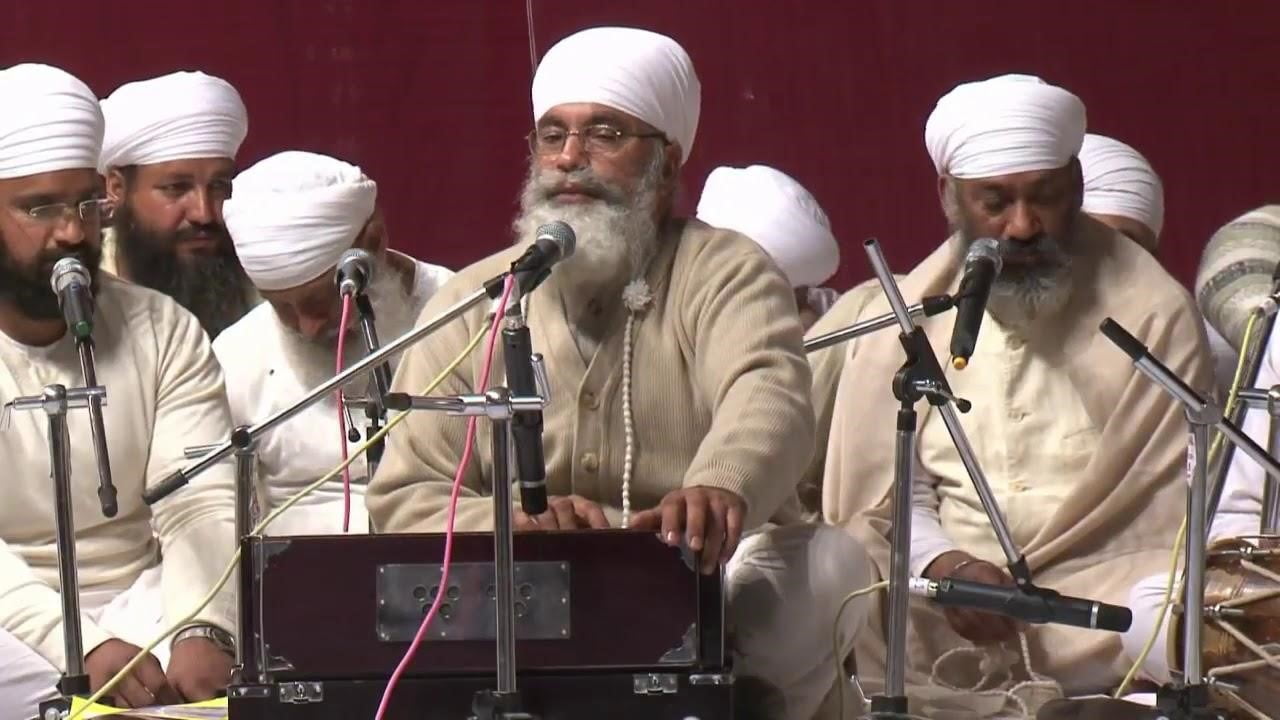The Nirmala Sikh Sect: Gurus and Holy Book
The Nirmala sikh sect, also known as Nirmala Saṁpardā or Nirmal Paṅth, is a Sikh sect of ascetics. This tradition holds a significant place in Sikhism and has its own distinct practices and beliefs. Founded by Guru Gobind Singh in the late 17th century, the Nirmala Sikh tradition emerged when he sent five Sikhs to Varanasi to study Sanskrit and Vedanta texts.
Philosophy and practices of Nirmala Sikh Sect:
Similar to the Udasis, the Nirmala community interprets the teachings of Sikh gurus within the framework of Vedanta. They view Nanak, the first guru of Sikhism, as an Advaitavedantist, following Shankara and upholding Sanatana Dharma. In comparison to the Udasis, the Nirmala group has closer affiliations with mainstream Khalsa Sikhs. Many influential Nirmala saints have actively propagated mainstream Sikhism in Punjab, and the Nirmala Akhara has played a pivotal role in training Sikhs. However, following the Akali movement, where the Khalsa sought to establish a Sikh identity distinct from Hinduism, the relationship between the Khalsa and Nirmala became delicate.
Nirmala Sikhs distinguish themselves by wearing ocher/bagwa robes or at least one item and maintaining unshorn hair (kesh). They observe similar birth and death rituals as Hindu practitioners, possess an akhara (militant organization) in Haridwar, and have several deras in Punjab, India. They actively participate in processions during Kumbh Melas. As early missionaries, they played a crucial role in disseminating Sikhism among the masses, contributing significantly to its growth. In the 18th century, many worked as mahants in Sikh temples (gurdwaras). The Nirmalas approach Sikh texts from a Vedantam perspective. During the Singh Sabha movement in the late 19th and early 20th centuries, they faced condemnation from the Tat Khalsa sect of Sikhism but received wholehearted support from the Sanatan Sikhs.
The Nirmala Sikhs follow a lineage of spiritual leaders known as Gurus. The first Guru of the Nirmala sect was Guru Gobind Singh, who played a crucial role in its establishment. He sent his disciples to Varanasi to gain knowledge of Sanskrit and Vedanta, which became an integral part of the Nirmala Sikh tradition. These disciples, known as the Panj Pyare, later became the torchbearers of the sect.
The Nirmala Sikhs also have their own holy book, which is called the Guru Granth Sahib. This sacred scripture is considered the eternal Guru of the Sikhs and contains the teachings of the ten Sikh Gurus, as well as selected writings of other saints and scholars from different religious backgrounds. The Guru Granth Sahib is written in Gurmukhi script and is revered as the living embodiment of spiritual wisdom and guidance.
The Nirmala Sikh sect places great emphasis on the study of scriptures, particularly the Vedanta texts. They believe that a deep understanding of these texts can lead to spiritual enlightenment and the realization of the divine truth. The Nirmala Sikhs also practice meditation and engage in selfless service as a means of attaining spiritual growth.
In conclusion, the Nirmala Sikh sect is a significant branch of Sikhism that was founded by Guru Gobind Singh. Their tradition is characterized by the study of Sanskrit and Vedanta texts, and they follow the teachings of the Guru Granth Sahib as their holy book. Through their dedication to scripture study, meditation, and selfless service, the Nirmala Sikhs strive for spiritual enlightenment and the realization of the divine truth.
Thank you for reading this post, don't forget to subscribe!














